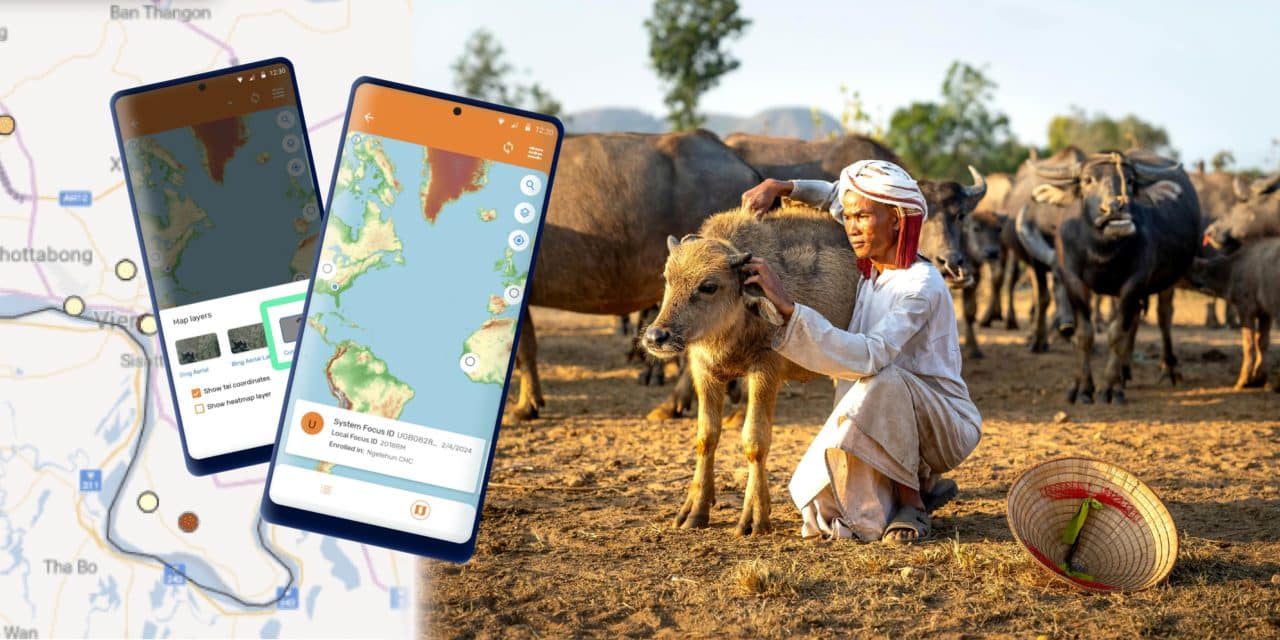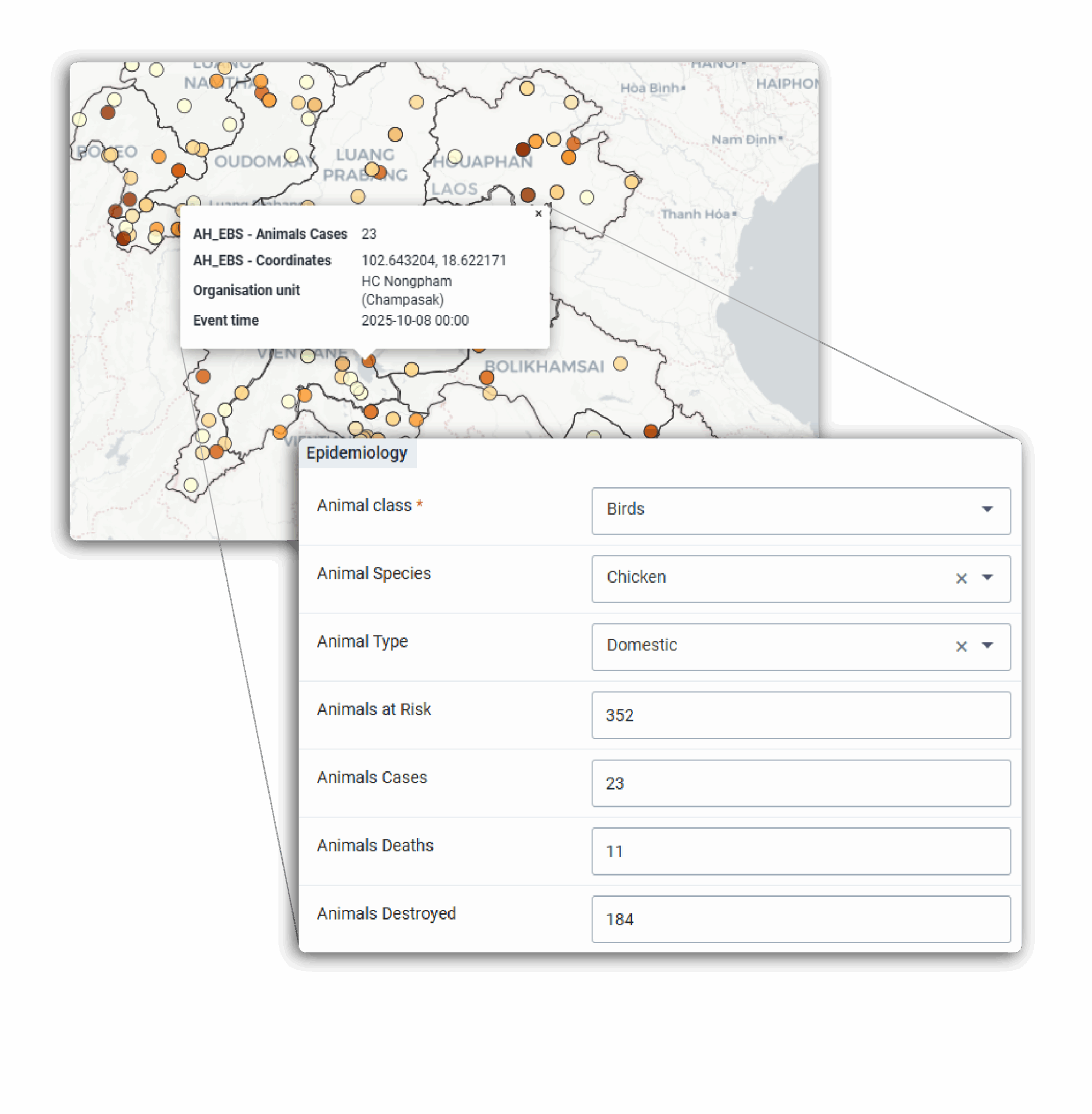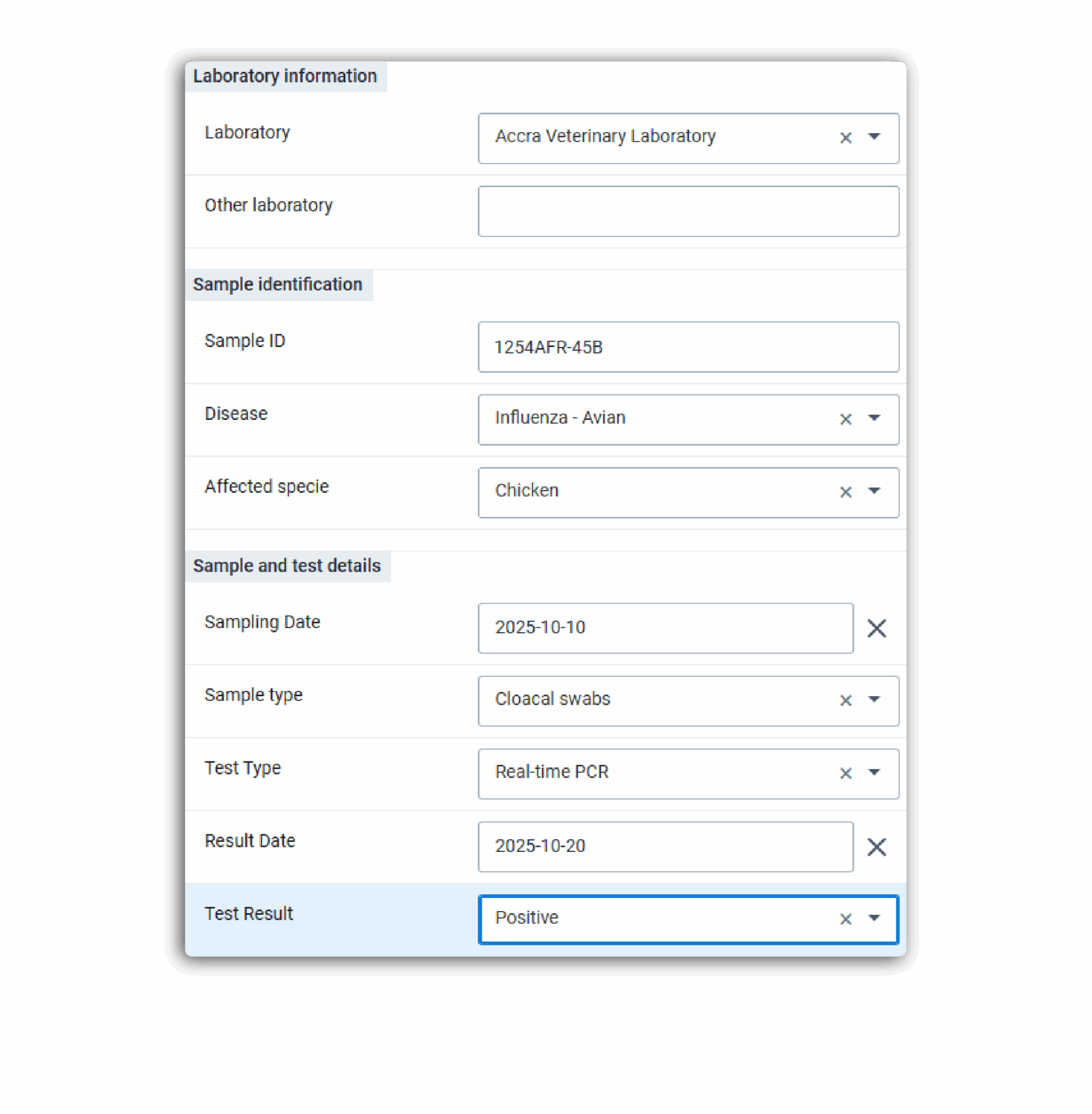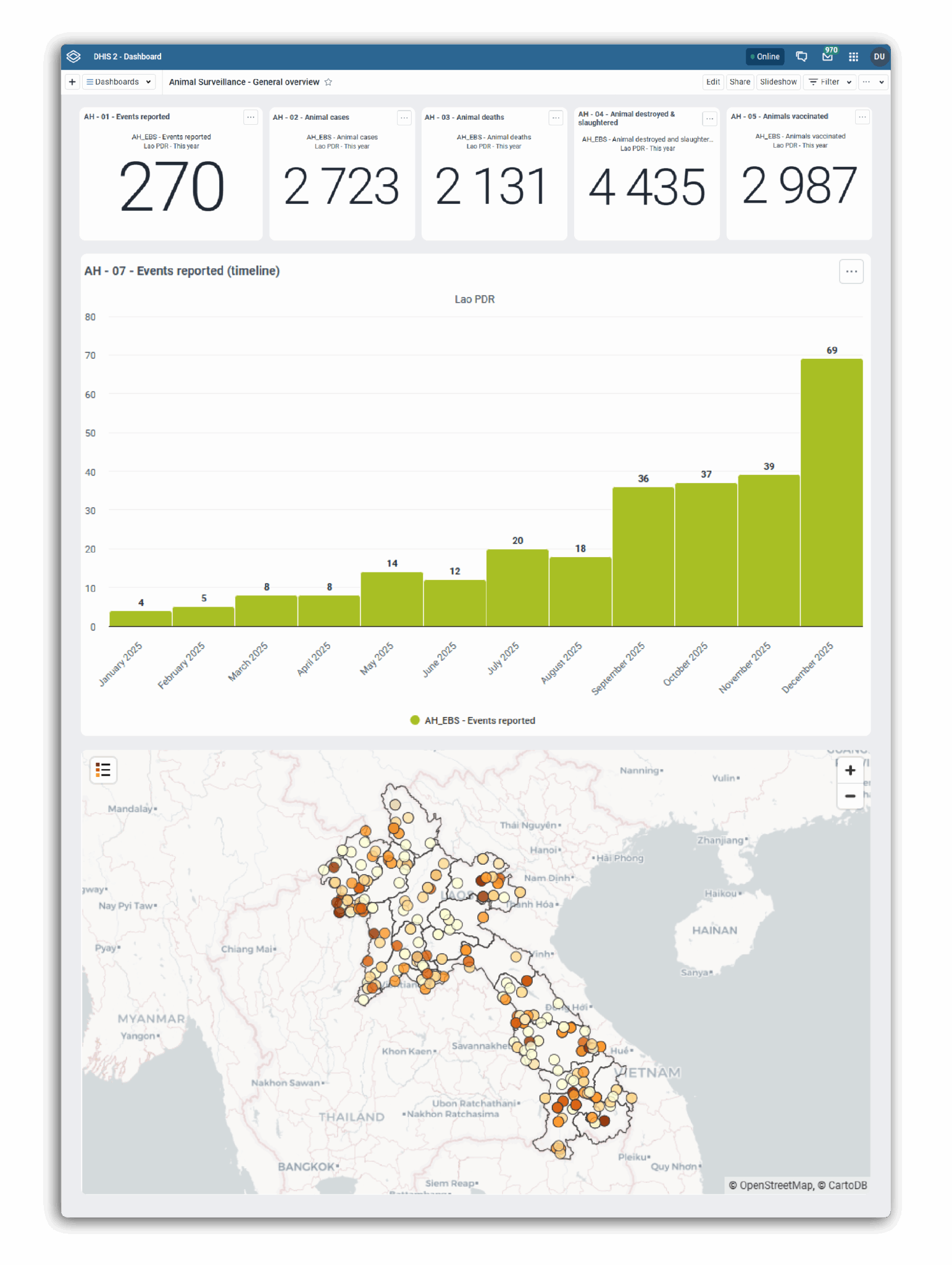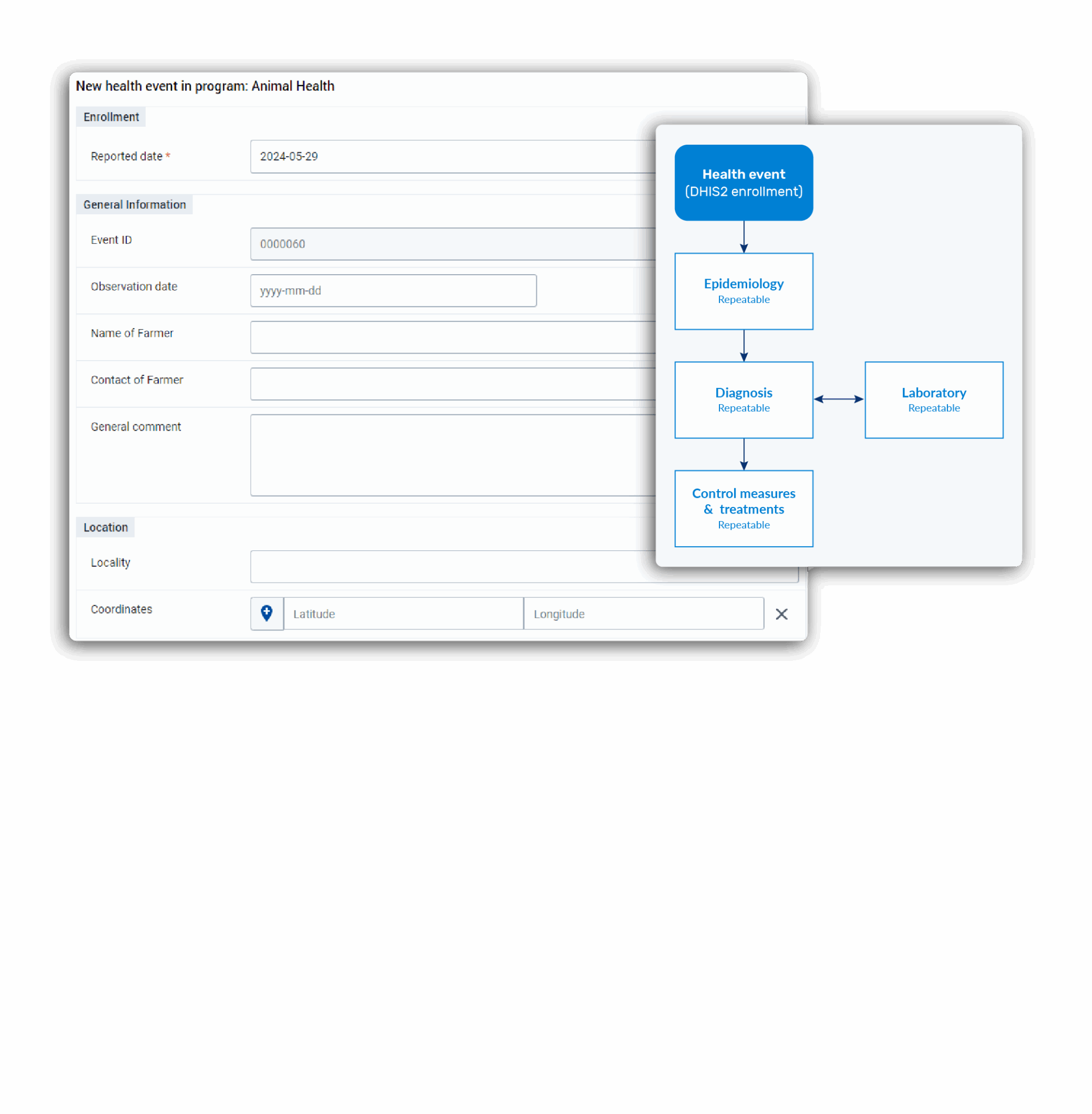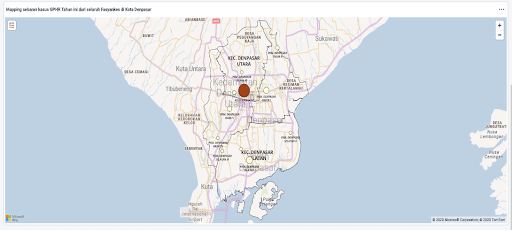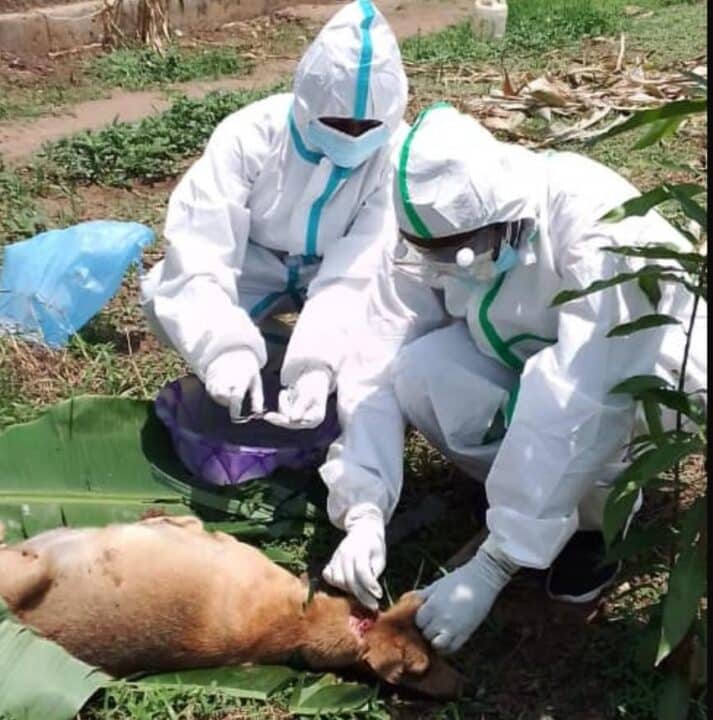Animal health surveillance is a cornerstone of veterinary services, providing the evidence base for disease control, certification, and trade. Global estimates suggest that animal diseases reduce livestock productivity by up to 20% annually, underlining the importance of sustained surveillance systems supported by digital platforms like DHIS2.
With robust surveillance systems, veterinary authorities can detect abnormal disease events early, monitor trends, and guide targeted interventions. Surveillance data informs decisions on vaccination, movement control, biosecurity, and resource allocation to minimize losses, protect livelihoods, and ensure safe trade.
DHIS2 provides a flexible, open-source platform that supports Ministries of Agriculture, Livestock, and Veterinary Services in managing data on animal health events, outbreaks, laboratory results, and control campaigns. It enables structured, timely reporting from the field to the national level, with tools for analysis, visualization, and response coordination. DHIS2 supports both routine and event-based surveillance, helping veterinary services strengthen early warning and response capacities.
The DHIS2 Animal Health toolkit provides a practical starting point for countries to configure and adapt DHIS2 for their context. Developed from the experience of countries that have already adopted DHIS2 for animal health surveillance, it offers a reference configuration that reflects real-world practices while remaining fully adaptable to national requirements.
DHIS2 animal health systems can operate as independent surveillance platforms for Ministries of Livestock and actors working in veterinary and animal health. They can also be integrated into a DHIS2 platform alongside public health surveillance data to enhance data sharing for zoonotic diseases, in line with the WHO’s collaborative surveillance framework to strengthen the global architecture for health emergency preparedness, response, and resilience (HEPR).
